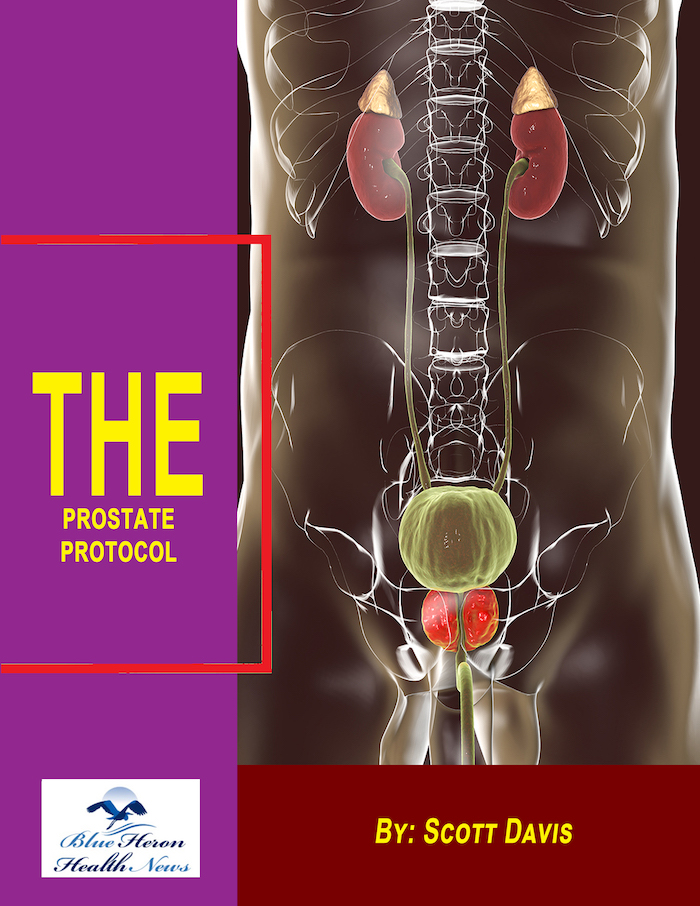How do

es testosterone replacement therapy impact prostate enlargement?
Testosterone replacement therapy (TRT) can have an impact on prostate health, including potentially increasing the size of the prostate. This is because testosterone is a hormone that can stimulate the growth of prostate tissue.
In men with benign prostatic hyperplasia (BPH), a non-cancerous enlargement of the prostate, TRT may accelerate the enlargement of the prostate. Additionally, testosterone can be converted into dihydrotestosterone (DHT), a more potent form of testosterone that has been linked to prostate growth. As a result, TRT might worsen symptoms of BPH, such as difficulty urinating or frequent urination.
However, the impact of TRT on the prostate can vary depending on factors like the individual’s age, baseline prostate size, and whether they have pre-existing prostate conditions. It’s important for men considering TRT to undergo regular prostate screenings, such as a prostate-specific antigen (PSA) test and a digital rectal exam (DRE), to monitor for any changes in prostate health.
For men with prostate cancer, TRT is generally avoided due to concerns that increasing testosterone levels could promote the growth of cancerous cells.
Would you like more details about how TRT is monitored or alternatives for men concerned about prostate health?
Prostate enlargement, particularly benign prostatic hyperplasia (BPH), and erectile dysfunction (ED) are closely related in several ways, though they are distinct conditions. Here’s how they are connected:
- Physical and Psychological Impact:
- BPH can lead to urinary symptoms like frequent urination, weak urine flow, or difficulty starting urination, which can cause discomfort and stress. The discomfort and anxiety about these symptoms can negatively affect sexual performance, contributing to ED.
- The emotional and psychological strain from dealing with prostate issues might also reduce libido or lead to performance anxiety, both of which can interfere with achieving or maintaining an erection.
- Medications:
- Many men with BPH are prescribed medications like alpha-blockers (e.g., tamsulosin) or 5-alpha-reductase inhibitors (e.g., finasteride). While these medications can help alleviate BPH symptoms, they may have side effects that affect sexual function, including ED. For example, 5-alpha-reductase inhibitors can decrease libido or affect erectile function in some men.
- Certain ED medications, such as PDE5 inhibitors (e.g., sildenafil or tadalafil), may be prescribed to men with both conditions, as they can help relax the smooth muscles of the prostate and improve blood flow, making it easier to achieve an erection.
- Shared Risk Factors:
- Both prostate enlargement and erectile dysfunction are more common as men age. Hormonal changes, including decreased testosterone levels and increased estrogen, can contribute to both conditions.
- Conditions like obesity, diabetes, and hypertension, which are risk factors for ED, can also contribute to prostate problems, including BPH.
- Nerve and Blood Flow Issues:
- Prostate enlargement can put pressure on the urethra and the nerves that are involved in sexual function. This pressure can potentially lead to nerve damage or reduced blood flow to the penis, contributing to ED.
- Additionally, both prostate issues and erectile dysfunction can be linked to vascular problems, as reduced blood flow to the pelvic area can affect both urination and sexual function.
In summary, while prostate enlargement and ED are separate conditions, they often overlap due to common risk factors, shared underlying mechanisms like reduced blood flow, and the potential impact of medications on sexual function. Managing one condition can sometimes help alleviate symptoms of the other, but it often requires a comprehensive approach to treatment, including medication, lifestyle changes, and possibly therapy for emotional well-being.
If you’re dealing with both conditions, it’s a good idea to discuss them with a healthcare provider to explore treatment options that address both prostate health and erectile function.